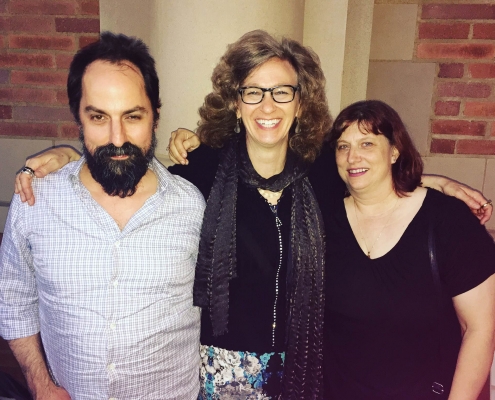
UCLA Faculty and Alumni Discuss the Past and Present Politicization of the US Census
Comparative historical sociologists, Professors Dylan Riley…
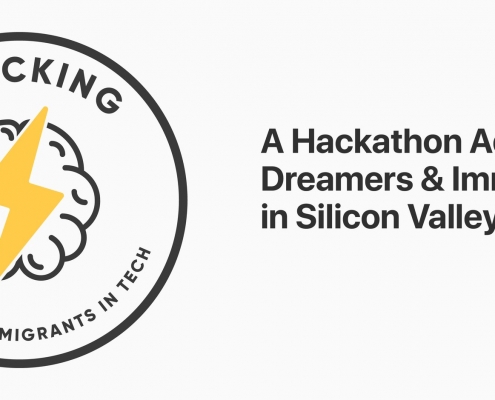
UCLA Dream Resource Center Sponsors Hackathon
By Kent Wong Director, UCLA Labor Center The UCLA Labor…
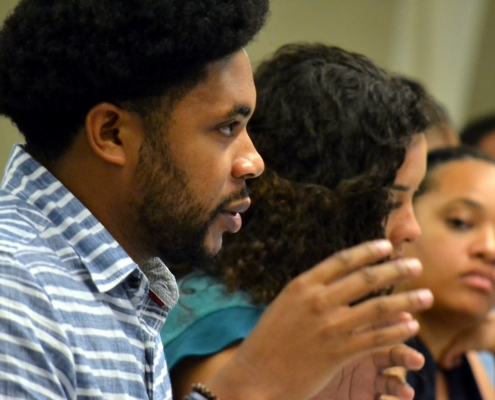
The Collaborative Multiracial Post-Election Survey Welcomes Scholars From Around the Country to UCLA
UCLA looks forward to welcoming a diverse and inter-generational…
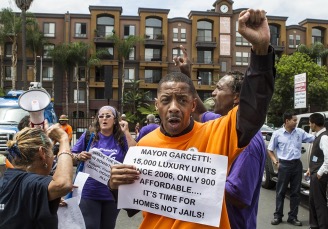
Do Legislative Bills Build Housing?
By Jan Breidenbach Senior Fellow, UCLA Department of Urban…

Helping Turn Seaweed into Biofuel
By Kyle Cavanaugh Assistant Professor, UCLA Department…
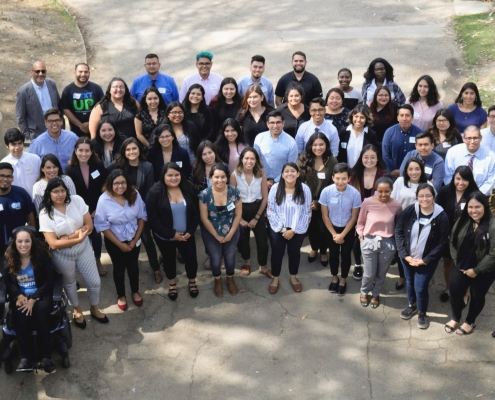
Dream Summer 2018: Engaging and Developing Immigrant Youth Leadership
By Abel Valenzuela Jr. Professor and Director of the UCLA…
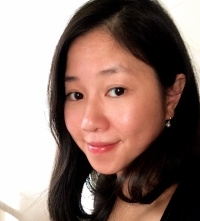
We Need Social Sciences to Understand Disease Patterns
By Kayuet Liu Associate Professor, UCLA Sociology Affiliate,…

LA Social Science Presents “Conversations with Changemakers” Featuring Dr. Bill Worger
Dr. Bill Worger, Professor of History at UCLA, is working…
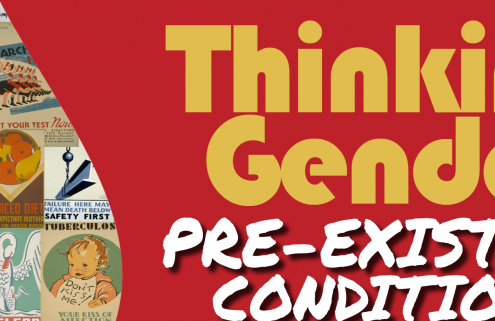
Reflecting on an Evening of Art, Health, & Thinking Gender
By Drew Westmoreland, MSPH, PhD 2018 Thinking Gender Coordinator Thinking…
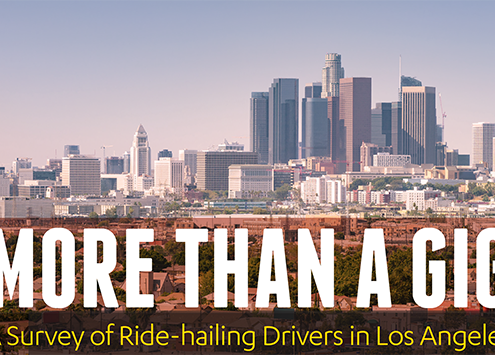
More Than a Gig: A Survey of Ride-Hailing Drivers in Los Angeles
By Abel Valenzuela Jr. Professor and Director of the UCLA…

